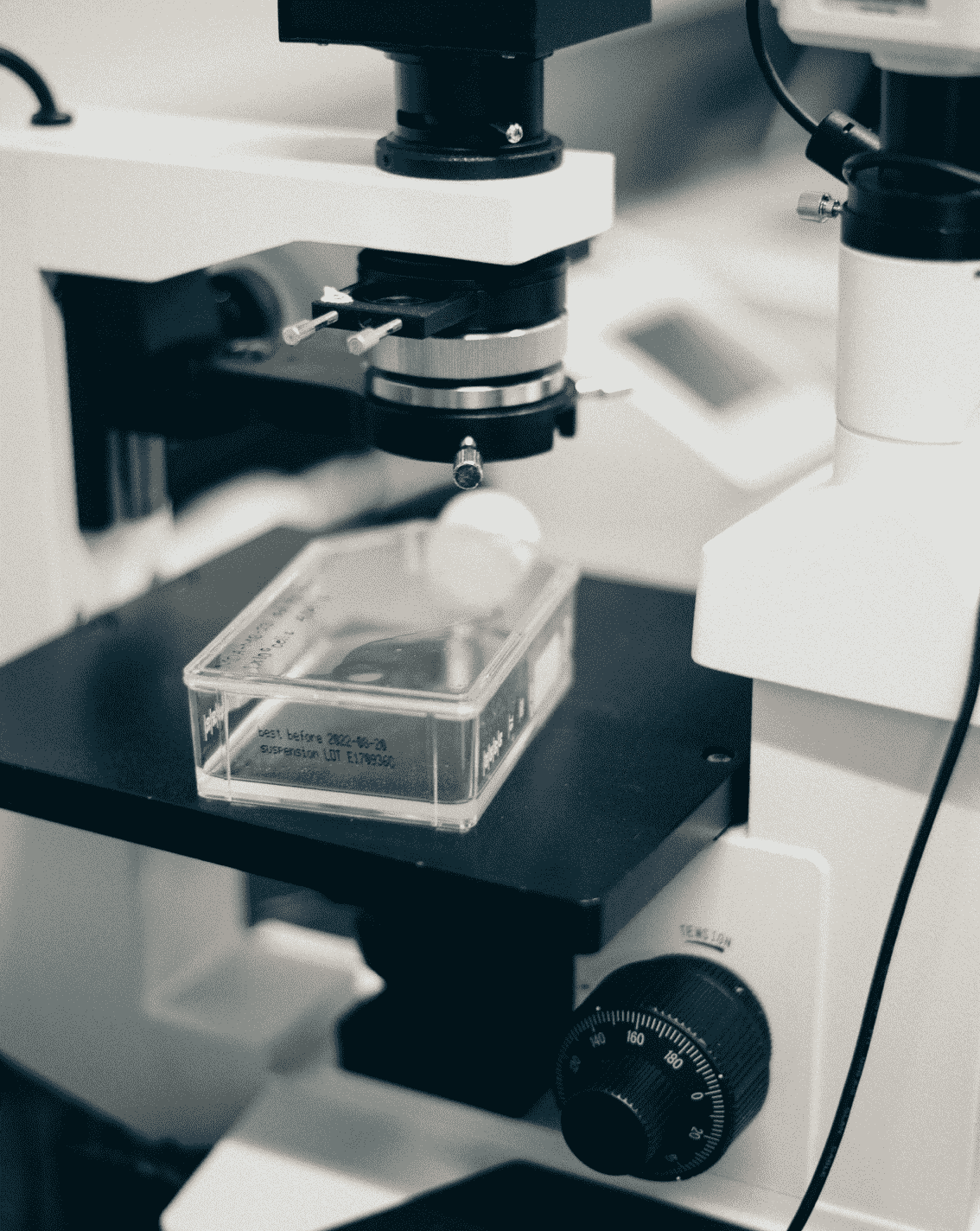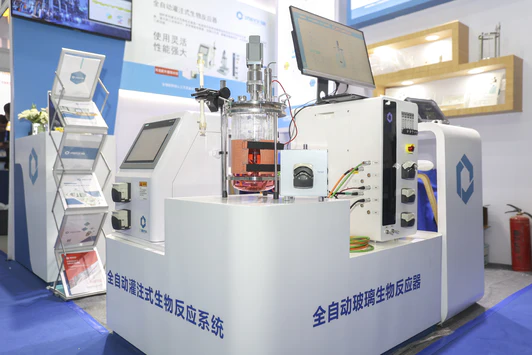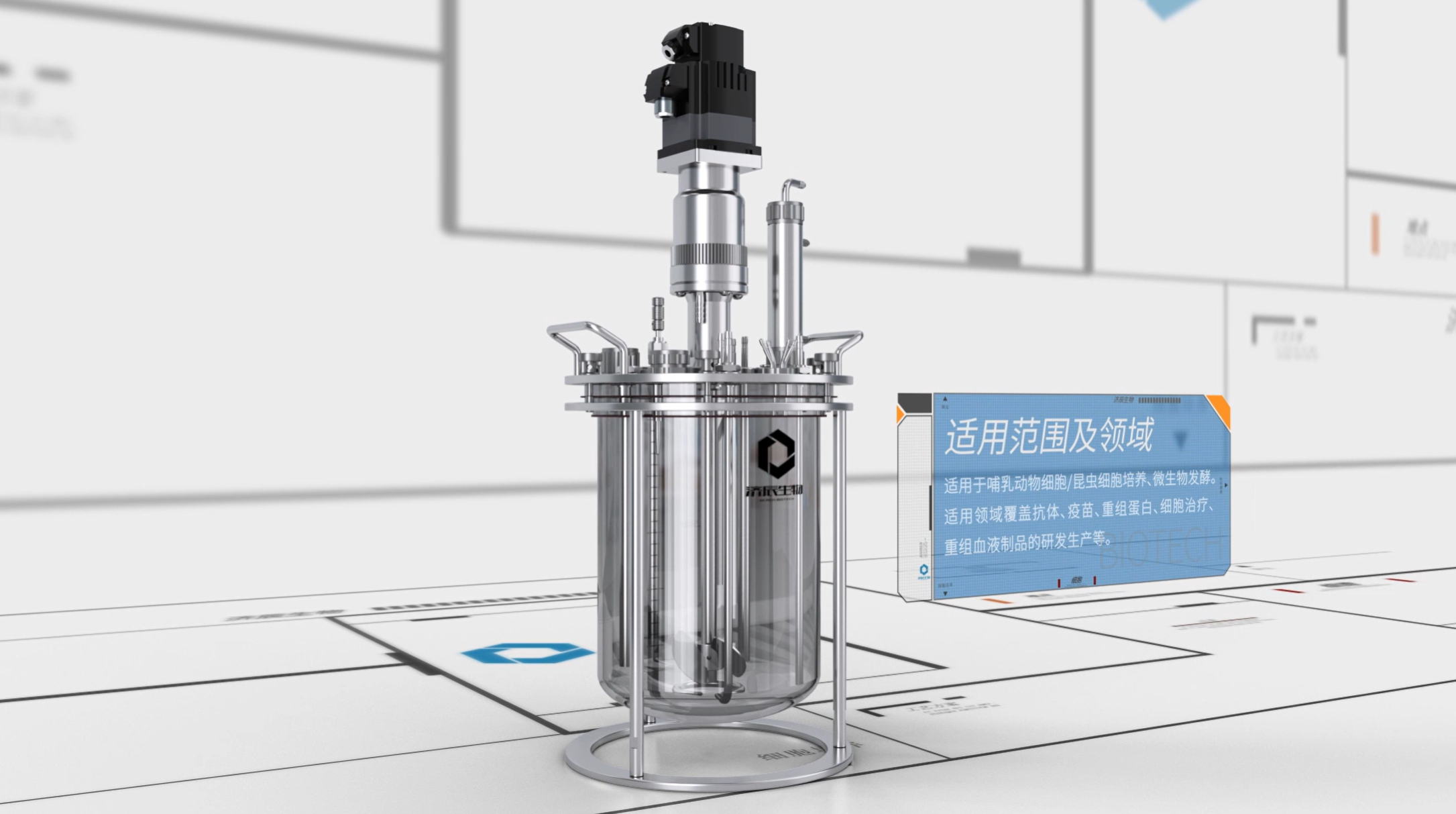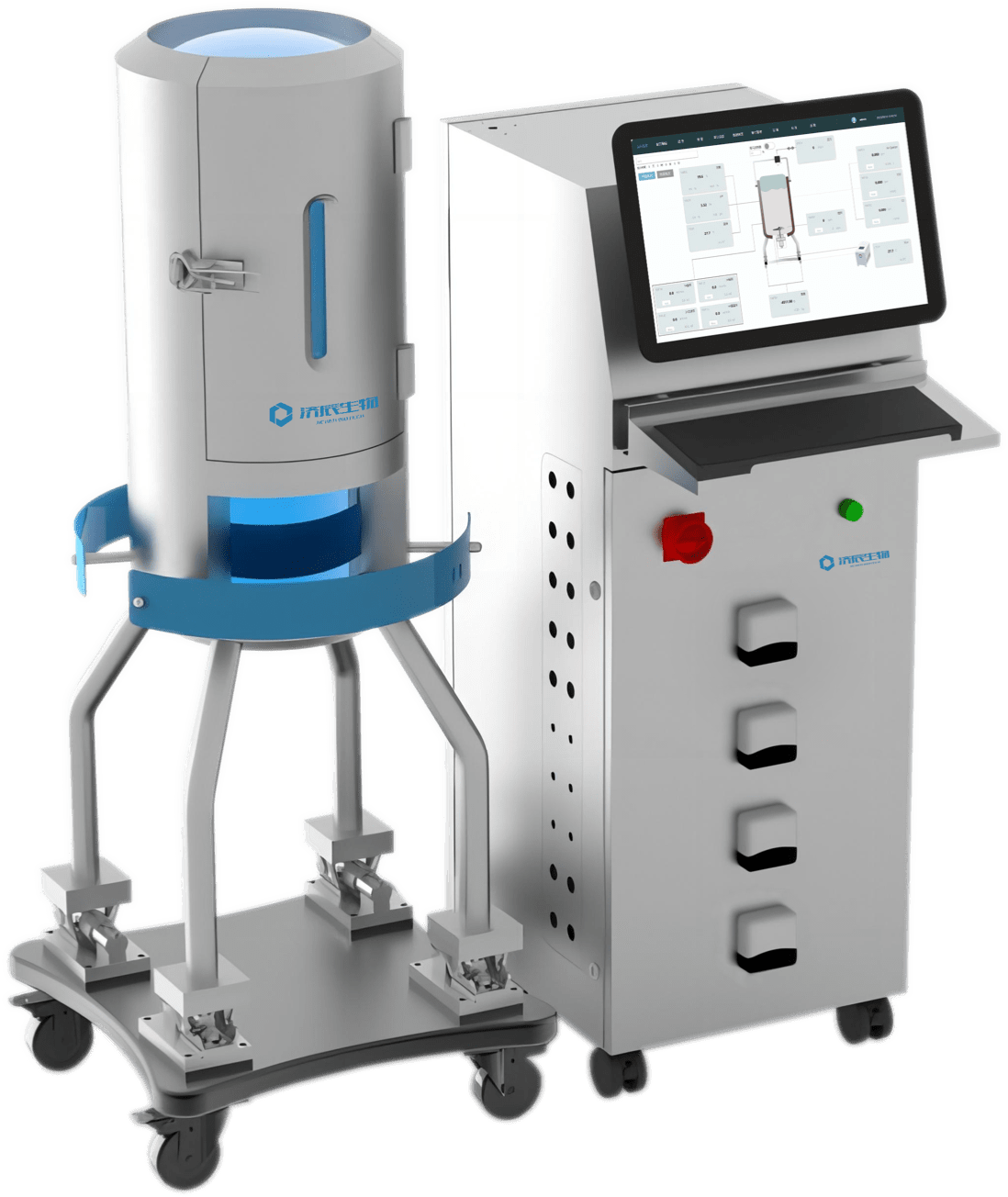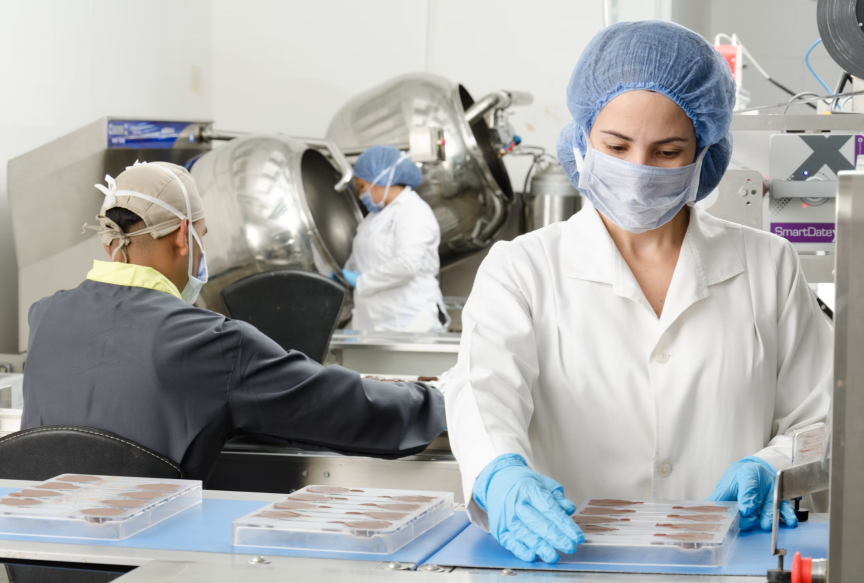Cell culture technology, as an important part of the field of bioengineering, is widely used in the fields of biomedicine and biologics production. Process Analytical Technology (PAT), as an emerging monitoring and control means, is gradually playing an important role in cell culture process. This paper describes in detail the current status, advantages and challenges of the application of PAT technology in cell culture, and looks forward to the future development trend.
Cell culture Technology refers to the in vitro simulation of the internal environment of organisms, so that the cell growth, reproduction and metabolism under artificial conditions. In recent years, with the rapid development of bioengineering, cell culture technology has achieved remarkable results in the fields of biomedicine and biologics production. However, the cell culture process is complex and has many influencing factors, so how to achieve process optimization and control has become a focus of attention in the industry.PAT technology, as a real-time monitoring, control and analysis means, provides a new idea for the optimization of cell culture process.
Overview of PAT technology
1. Definition: PAT technology refers to the real-time monitoring of the production of Critical Quality Attributes (CQA) and Critical Process Parameters (CPP) in the production process, realizing real-time control and analysis of the production process in order to improve product quality and reduce production costs.
2. Principle: PAT technology consists of four main aspects: in-situ monitoring, on-line analysis, process control, and analytical modeling. Through real-time monitoring of key parameters in the production process, mathematical models are established to achieve process optimization and control.
3. Classification: According to the different means of monitoring, PAT technology can be divided into spectral analysis, chromatographic analysis, electrochemical analysis, biosensors and so on.
Application of PAT technology in cell culture
1. In-situ monitoring: through fiber optic In-situ monitoring: through fiber optic sensors, microelectrodes and other in-situ monitoring means, real-time acquisition of key parameters such as pH, dissolved oxygen, temperature and other key parameters in the process of cell culture, providing data support for process control.
2. On-line analysis: Using spectroscopy, chromatography and other on-line analysis techniques, real-time monitoring of metabolites, cell density and other key quality attributes in the cell culture solution to provide a basis for process optimization.
3. Process control: According to the results of in situ monitoring and online analysis, feedback control, feed-forward control and other strategies are used to realize real-time regulation and control of the cell culture process.
4. Analysis model: Combine data mining, machine learning and other technologies to establish an analysis model of the cell culture process, which provides theoretical guidance for process optimization and process scale-up.
Advantages of the application of PAT technology in cell culture
1. Improvement of production efficiency: through the real-time monitoring and control, optimize the cell culture process, improve the cell growth rate and product yield.
2. Ensure product quality: Real-time monitoring of key quality attributes to ensure stable product quality.
3. Reduce production cost: Reduce waste in the production process, reduce energy consumption and raw material consumption.
4. Enhance the speed of process research and development: Quickly optimize the process parameters and shorten the research and development cycle by analyzing the model.
Challenges for the application of PAT technology in cell culture
1. Sensor performance: In situ monitoring sensors may suffer from performance degradation and slow response during long-term use.
2. Data processing and analysis: the large amount of data generated in the cell culture process puts high demands on data processing and analysis capabilities.
3. Model accuracy: the accuracy of the analytical model is limited by the number of samples and experimental conditions, and needs to be continuously optimized and verified.
With the continuous development of the PAT technology, its application in the field of cell culture will become more widespread. The future development trends are as follows:
1. Sensor R&D: further improve the performance of in situ monitoring sensors to meet the needs of cell culture process.
2. Data processing and analyzing technology: improve data processing and analyzing ability with the help of artificial intelligence, big data and other technologies.
3. Model optimization and validation: optimize the analysis model through the accumulation of experimental data to improve its accuracy.
4. Cross-field integration: Combine PAT technology with genetic engineering, cell engineering and other fields to realize the intelligence and personalization of cell culture process.
In short, PAT technology has a broad application prospect in the field of cell culture, which is expected to bring new development opportunities for China's bioengineering industry.
